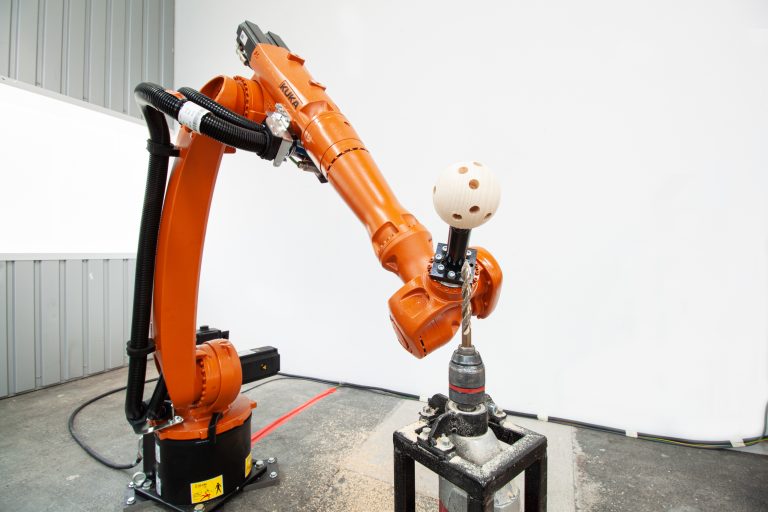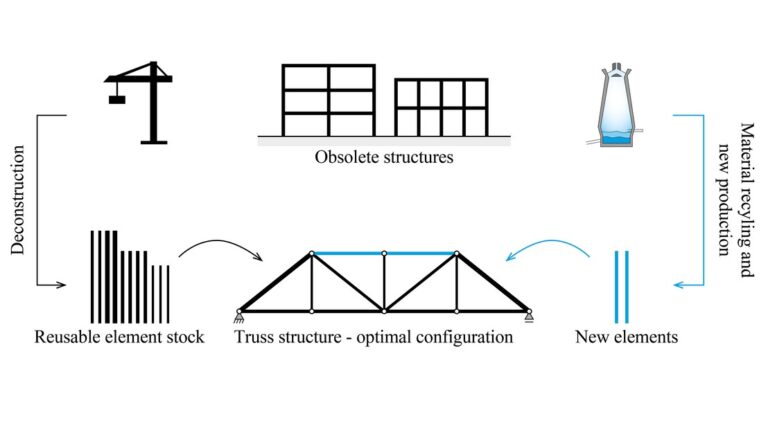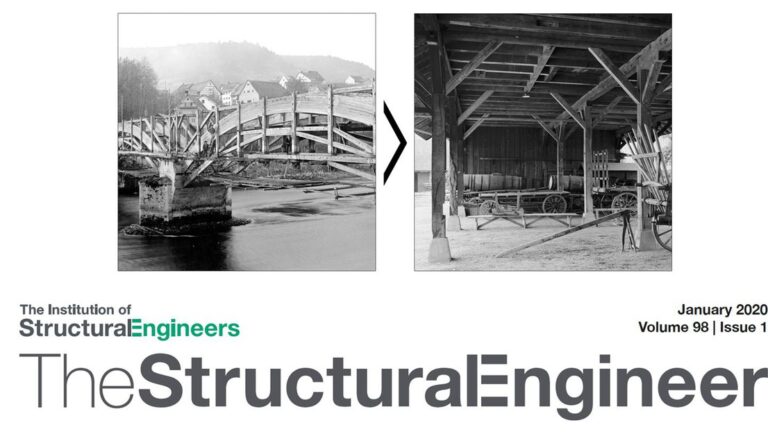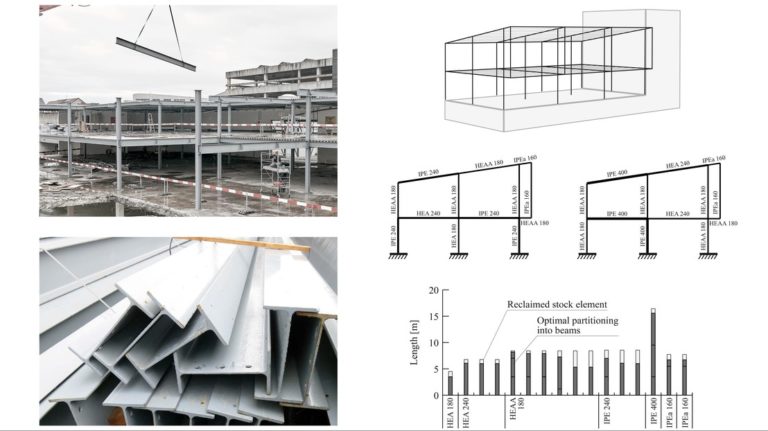New publication in Structures vol 18, April 2019
This paper presents structural optimization techniques to design truss structures that make best use of a given stock of structural components. Still little explored, the reuse of structural components over multiple service lives has the potential to significantly reduce the environmental impact of building structures. Structural design and construction based on reuse avoids sourcing new material, it reduces superfluous waste, and requires little energy. However, designing a structure from a stock of reclaimed elements entails a change of design paradigm: in contrast to conventional design practice, the structural geometry and topology depends on element stock characteristics, e.g. available cross sections and lengths. This paper presents discrete structural optimization formulations to design truss systems from stock elements. The approach taken in this work is iterative: 1) element assignment and topology optimization are carried out, and 2) geometry optimization follows thereafter to best-fit the system geometry to the length of assigned stock elements, for instance to reduce cut-off waste. Two case studies are presented: a) a cantilever of simple layout used to explain the details of the design methodology, and b) a train station roof structure of complex layout made from elements reused from disassembled electric pylons. For these case studies, Life Cycle Assessment confirms that an up to 63% environmental impact reduction is possible when comparing structures obtained with the proposed method against weight-optimized solutions made of new elements.
Journal Paper – Invited to special issue “Advanced Manufacturing and Materials for Innovative Structural Design”
Design of truss structures through reuse
Jan Brütting, Joseph Desruelle, Gennaro Senatore, Corentin FIvet
Structures, vol. 18, 2019
DOI: 10.1016/j.istruc.2018.11.006
Full text PDF
See all publications.




